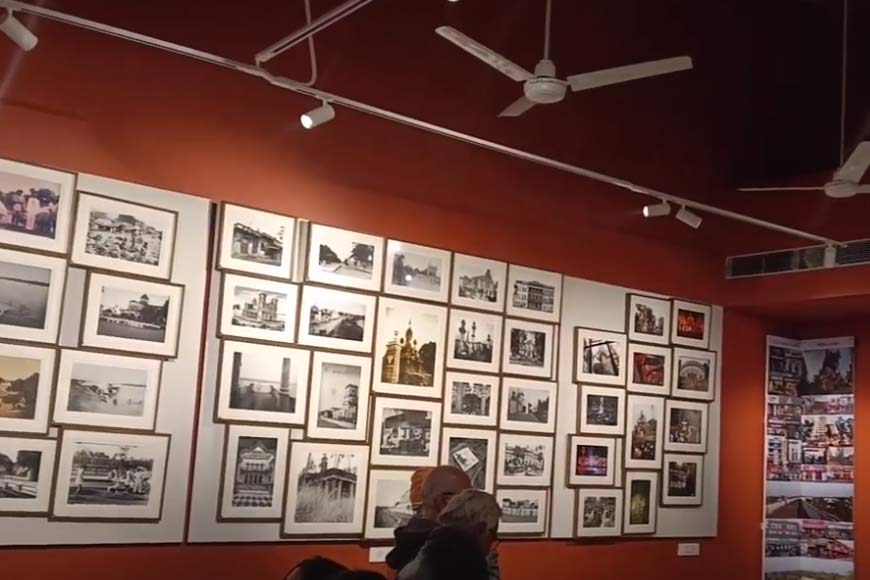Chandannagar Museum now open to public - GetBengal story
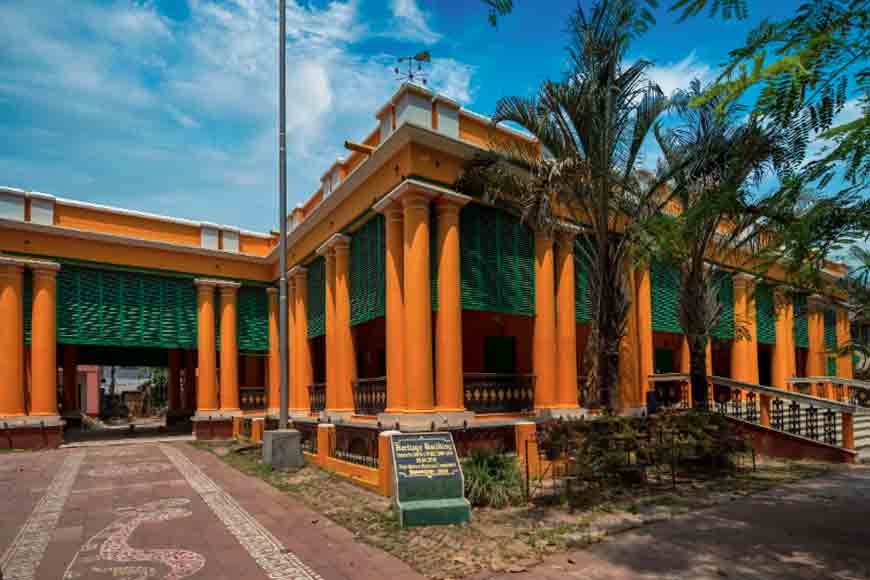
Chandannagar Museum
A new feather has been recently added to the erstwhile French town of Chandannagar – a renovated museum at the Chandannagar College that will act as a treasure trove of historical artefacts hitherto not seen. “The Chandannagar Museum has been opened to public now and it is not just a piece of Indian freedom movement with which Chandannagar was deeply involved, but also highlights the history, heritage and culture of ‘Chandernagore’ including its architecture and textiles that are fast vanishing,” said Debashish Sarkar, the Principal of Chandannagar College. Sarkar, who had taken a keen interest in creating this museum inside the 200-year-old Chandannagar College building, took GetBengal team on a wonderful historical walk through the museum. “This is perhaps the only educational institution in India that has a museum highlighting a large chapter of Indian history and also the only college that was shut down by the British for revolutionary activities,” added Sarkar.
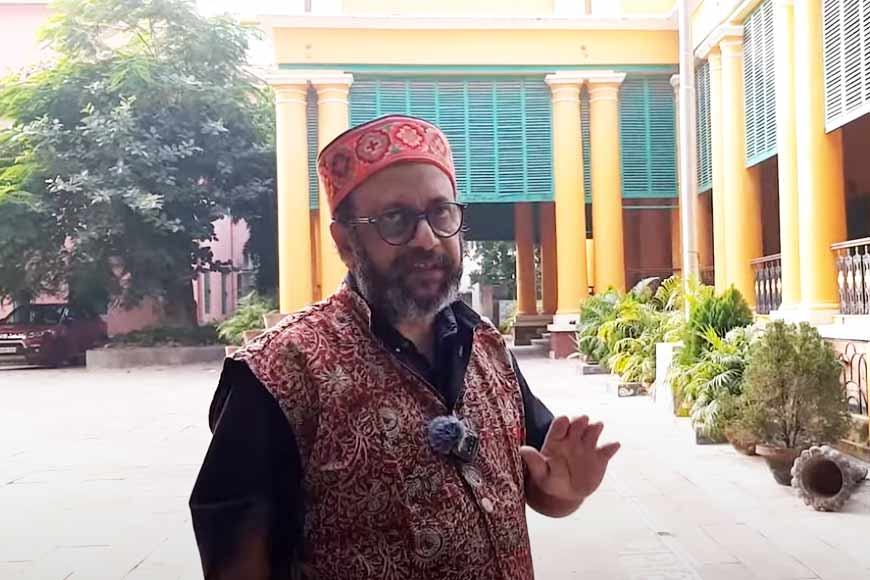 Debashish Sarkar - Principal of Chandannagar College
Debashish Sarkar - Principal of Chandannagar College
Chandannagar College is the country’s only educational institution that was shut down from 1908-31 in view of the revolutionary activities. The college was then run by the Government of France and the British colonial rulers forced the French authority to shut down the college as it became the epicentre of the Swadeshi movement. Interestingly, Rashbehari Bose who had left for Japan and set up the Indian National Army (INA) was also from Chandannagar, so were forgotten revolutionaries like Motilal Roy, in whose house Sri Aurobindo stayed for quite some time, Charu Chandra Roy, Kanailal Dutta, who was hanged for killing Narendra Goswami, an approver in the Alipore bomb case, Shreesh Chandra Ghosh, Basanta Kumar Bandyopadhyay, Narendranath Bandyopadhyay, Upendranath Bandyopadhyay, Suneeti Ghosh, Tinkori Mukhopadhyay, Suhasini Ganguly, Makhanlal Ghosal, Jyotish Chandra Ghosh, Heerandra Kumar Chattopadhyay, Deenesh Chandra Majumdar and Kaleecharan Ghosh. Even Sri Aurobindo left Kolkata and stayed in Chandannagar, from where he left for Pondicherry.
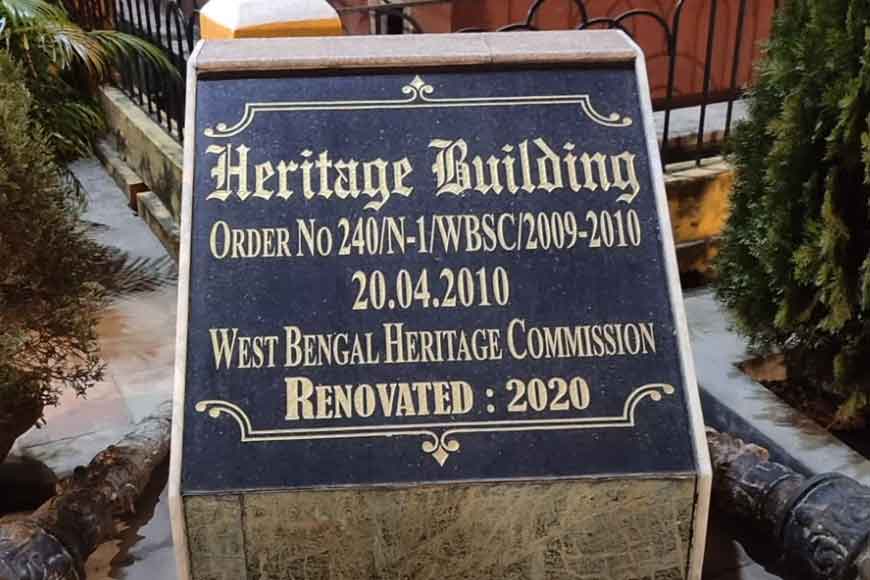
The museum will bring alive the history of these forgotten heroes through pamphlets and charts. A very interesting map was shown to us by Sarkar, and he told us why the town got its name Chandannagar. “See the shape of the river here? It looks like the ‘Chand’ or moon and hence was named Chandernagar.” The museum has been set up in a building set up by the French, 200 years ago. The West Bengal Heritage Commission had earlier declared the building as a heritage building and the state public works department thoroughly repaired the structure. Though Chandannagar was a French colony, it became part of India in 1950. The British government had set up the sedition committee, under Justice Rowlatt to find out why educated Bengali youths had joined the revolutionary movement. In the report, the names of several revolutionaries who had either born or took shelter in Chandannagar were mentioned. “The museum will highlight the history and cultural heritage of the region which is often called mini-Europe as well as various other aspects of indigenous literary and cultural history,” added Sarkar.
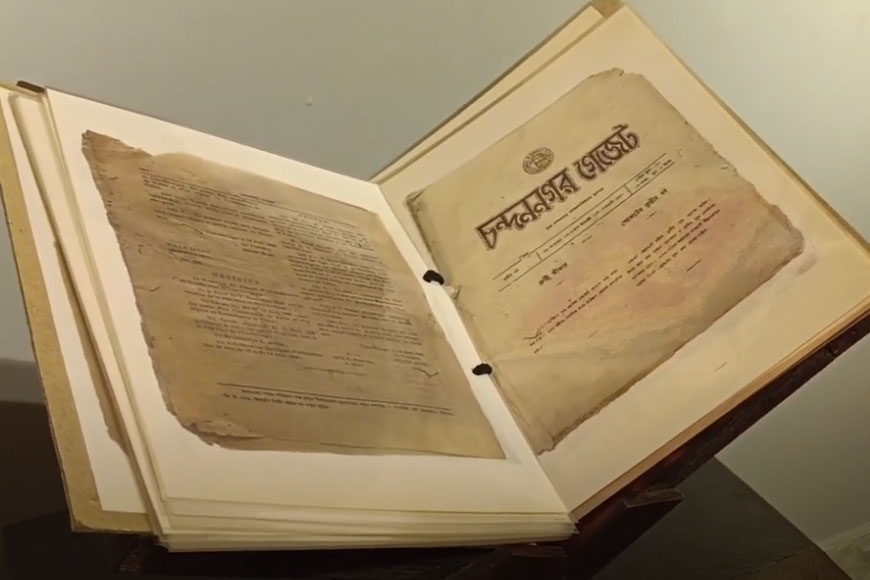
All old pieces of furniture that had been dumped in the college have been repaired and are being used in the museum. The college traces its origin back to the establishment of the St. Mary’s Institution, established by the Jesuit priest M. Magloire Barthet in 1862. Since then, the institution gradually evolved first into Ècole Publique de Garçons and began the teaching of the First Arts (F.A.) Course in 1891 under the aegis of the University of Calcutta and later developed into College Dupleix (1901). At this point the college was directly administered by the erstwhile French Government of Chandernagore. However, the college was closed in 1908 owing to the escalation of revolutionary nationalist activities and only re-opened in 1931, after a gap of 23 years. Since 1931, the College Dupleix began to offer Intermediate Courses in Arts and Science, under the aegis of the University of Calcutta and the first graduate courses started in 1947. By then the college had been renamed College de Bussy and it continued as such even after 15th August 1947 when India became independent. Chandernagore became a Free City in November 1947 and that led to the rechristening of College de Bussy as Chandernagore College. After the formal integration of Chandernagore into India, the city came under the Government of West Bengal on 2nd October 1954 and Chandernagore College came under the control of the state administration.
The longest serving Director of the college was the formidable M. H. Poudens who served from 1901 to 1908 and was ably assisted by the renowned Indian academic and revolutionary Charu chandra Roy who acted as the Deputy Director. During 1903-1904 he even served as Interim Director because M. Poudens had gone for a year-long leave. He even served in the post of Delegue du Chef du Service de l’Instruction Publique and was the first Bengali to do so. Not only did he significantly contribute to the academic welfare of the college but he was also instrumental in the development of revolutionary activities in and around Chandernagore. Previously, there was also an attempt to assassinate the Mayor of Chandernagore, M. Talvarde in 1907. In view of such circumstances and growing nationalist activities, the French government of Pondicherry in consultation with M. Poudens decided to close the College section of College Dupleix. The journey that began in 1862 thus came to an abrupt end in 1908. All these precious historical moments have been ably captured in the museum and a whole room has been dedicated to Chandannagar’s vital role in the Swadeshi Movement.
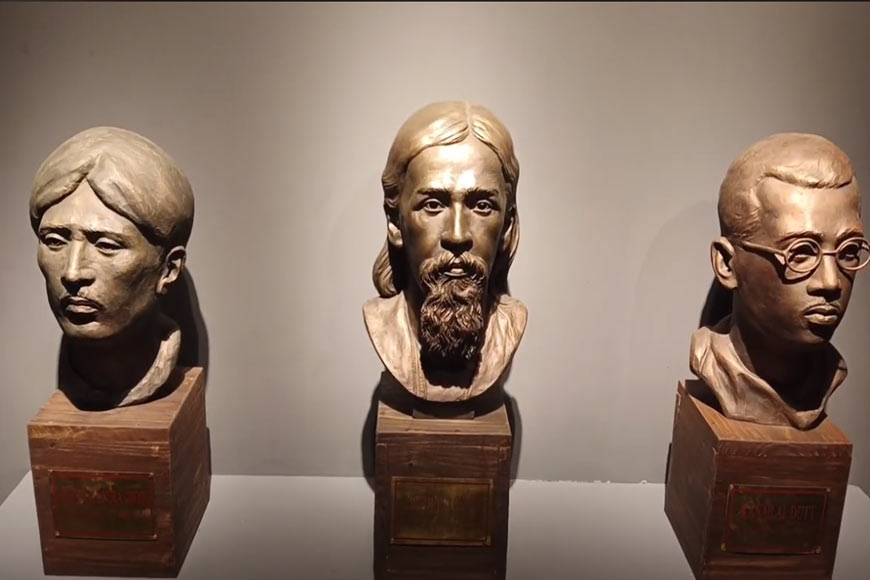
In 1929 Charu chandra Roy proposed that the Chandernagore Municipality would build a separate building for the college and allot Rs. 4000 every year for operational expenditure. These proposals received official approval in 1930 after the arrival of Mons. Adrien Juvanon as the Governor and he approved the release of Rs. 6000 for the re-opening of the College. Finally, on 19th May 1931 Mons. Juvanon officially sanctioned the re-opening of Chandernagore College. After 23 years of closure, the College finally re-opened on 4th July 1931 and it is a curious irony of history that the same Charu Chandra Roy, whose role and involvement in the nationalist movement had been the pretext for closing the college, got the opportunity to re-open the same college and thus inaugurate a new phase in the history of teaching and learning in Chandernagore College. In acknowledgement of his tireless efforts, he was endowed with the title of Officer d’ Academic by the French government.
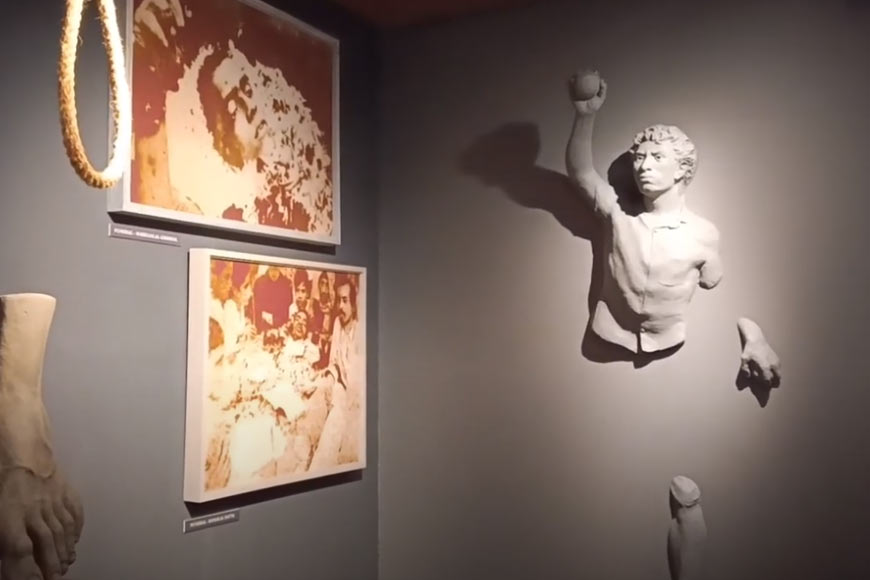
One of the rooms of the museum has been dedicated to the old buildings of Chandannagar, many of which bear testimony to the forgone architectural splendour. As Sarkar adds: “Many of the buildings seen in the photographs are unfortunately no more functional, some still exist, while others have got heritage status.” He also took us to a room in the museum that shows the weaving of Farashdanga Textiles which gave rise to a special kind of Dhoti available in those days. So next time you visit Chandannagar or wish to know a forgotten era of India’s history, Chandannagar Museum is the place to go.
